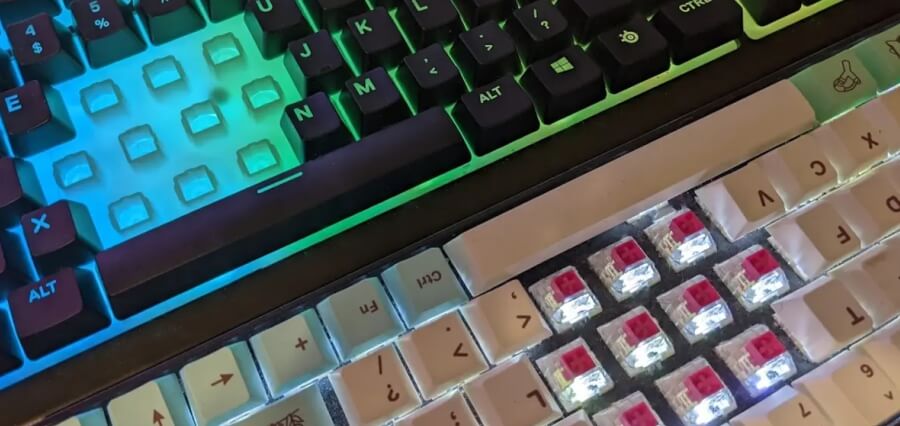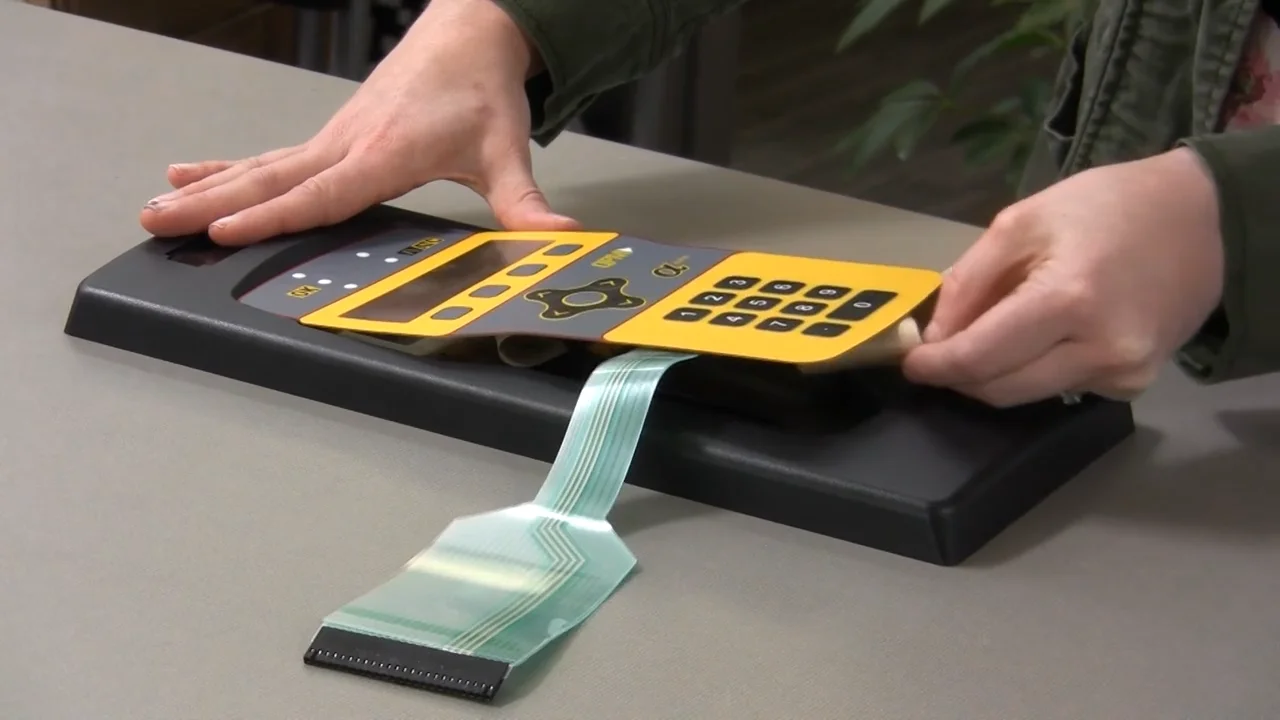The Duty of a Membrane Switch in Modern Touch Interfaces and Controls
The Duty of Membrane Layer Switches Over in Enhancing Gadget Usability and Looks
Membrane layer changes stand for a significant development in interface technology, effortlessly incorporating use with aesthetic charm. Their layout is not only practical, offering responsive controls in a compact type, however likewise personalized, allowing for distinct branding and aesthetic engagement. As industries increasingly prioritize user experience, the ramifications of these functions prolong beyond simple ease, influencing product design and consumer fulfillment. What stays to be explored is exactly how these aspects will develop in reaction to emerging trends and technical advancements, shaping the future of human-device communication.
Comprehending Membrane Change Modern Technology

The graphic overlay serves as the visible surface area, frequently published with symbols and tags that direct customer interaction. Underneath this layer, the spacer acts as a separator, making sure that the conductive layer just makes get in touch with when a switch is pushed. The conductive layer, typically constructed from a conductive ink or material, completes the circuit and sends out signals to the tool's electronics.
Toughness is a substantial benefit of membrane buttons, as they are resistant to wetness, dirt, and impurities, making them suitable for different settings. Additionally, membrane layer buttons can be personalized in terms of shape, size, and style, permitting manufacturers to tailor interfaces to certain tool requirements. This adaptability contributes to their prevalent usage throughout industries, from consumer electronics to medical devices.
Usability Advantages of Membrane Switches
The usability benefits of membrane switches appear in their user-friendly style and straightforward functions. These buttons promote uncomplicated communication by including responsive responses and well-known icons, which boost the individual experience with clear communication of function (Membrane Switch). The flat profile of membrane switches over enables simple combination into various gadgets, reducing the learning curve for customers not familiar with intricate controls
Additionally, membrane buttons are frequently made with level of sensitivity in mind, allowing individuals to engage with controls easily. This particular is specifically helpful in atmospheres where quick responses are important, such as clinical tools and industrial machinery. Their resistance to dampness and pollutants even more guarantees trustworthy procedure, promoting user self-confidence in diverse setups.
Additionally, membrane buttons can be personalized to suit details applications, fitting distinct customer requirements and choices. This versatility fosters a feeling of ownership amongst users, as they can connect with controls that feel customized to their demands.
Visual Enhancements With Layout
Aesthetic improvements play a substantial function in the overall charm and functionality of gadgets equipped with membrane buttons. These switches use versatile design opportunities that can be tailored to satisfy brand name identity and individual choices. The ability to integrate vibrant colors, tailored graphics, and varied appearances allows makers to develop visually striking interfaces that reverberate with users on an emotional degree.
The flexibility of membrane switch layout also promotes the integration of distinct shapes and formats, adding to a structured look that enhances the user experience. This not just makes tools much more eye-catching yet also aids in user-friendly navigating, as customers can conveniently identify functional areas and controls. In addition, advanced printing innovations make it possible for the reproduction of intricate designs and high-resolution images, even more raising the visual high quality.
Additionally, the usage of backlighting in membrane layer buttons can significantly enhance visibility and appeal, particularly in low-light environments. This combination of aesthetic appeals and performance cultivates an interesting user experience, making devices not only more enjoyable to use yet likewise extra aligned with contemporary style trends. Ultimately, visual improvements via cautious membrane switch design can transform ordinary tools right into compelling, user-friendly products.
Applications in Numerous Industries
In many markets, membrane layer switches have come to be important elements that enhance capability and use across a large range of devices. These cutting-edge switches find applications in fields such as health care, consumer electronic devices, vehicle, and industrial tools.
In the health care market, membrane layer buttons are commonly made use of in medical gadgets, such as diagnostic tools and client surveillance systems, where they offer user-friendly click over here now interfaces that improve customer interaction while keeping hygiene. In a similar way, in consumer electronics, membrane layer buttons promote user-friendly controls in devices, remotes, and video gaming tools, providing smooth operation and aesthetic allure.

Future Patterns in Membrane Layer Buttons
Arising fads in membrane layer switches are set to transform interface across numerous applications, driven by advancements in modern technology and raising customer demands for functionality and design. One remarkable fad is the consolidation of capacitive touch innovation, which provides a more receptive and contemporary individual experience compared to typical mechanical buttons (Membrane Switch). This shift not just improves usability yet additionally enables sleeker device visual appeals
Additionally, the assimilation of adjustable graphics and backlighting is becoming significantly prominent. Manufacturers are leveraging ingenious printing techniques and LED modern technology to produce visually interesting interfaces that accommodate particular customer needs while boosting gadget visibility in different lighting problems. This customization promotes a stronger psychological link between customers and their devices.

Final Thought
To conclude, membrane changes dramatically enhance both functionality and appearances our website in modern devices. Their user-friendly style, receptive controls, and personalized graphics help with individual communication, particularly in vibrant settings. Furthermore, the incorporation of dynamic colors and backlighting not only boosts visual appeal however likewise enhances performance, permitting for reliable navigating in numerous lights problems. As industries continue to evolve, the versatility and innovative potential of membrane layer buttons will likely play a significantly crucial function in gadget design and customer experience.